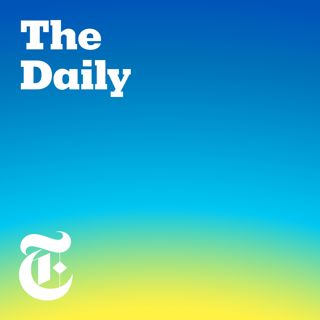
The Sunday Read: ‘Animals That Infect Humans Are Scary. It’s Worse When We Infect Them Back’
Jaksokuvaus
There’s a working theory for the origins of Covid-19. It goes like this: Somewhere in an open-air market in Wuhan, China, a new coronavirus, growing inside an animal, first made the jump to a human. But what happens when diseases spread in the other direction?Sonia Shah, a science journalist, explores the dangers of “spillback,” or “reverse zoonosis”: when humans infect non-humans with disease. Using the history of diseases spreading through mink farms in the United States and Europe as a focus, Shah considers the implications of spillback, and how we might minimize its future impact.Shah considers how spillback can ignite epidemics in wild species, including endangered ones, and can ravage whole ecosystems. More worryingly, she describes how it can establish new wildlife reservoirs that shift the pathogens’ evolutionary trajectory, unleashing novel variants that can fuel new, dangerous waves of disease in humans.This story was written by Sonia Shah. To hear more audio stories from publications like The New York Times, download Audm for iPhone or Android. Unlock full access to New York Times podcasts and explore everything from politics to pop culture. Subscribe today at nytimes.com/podcasts or on Apple Podcasts and Spotify.
